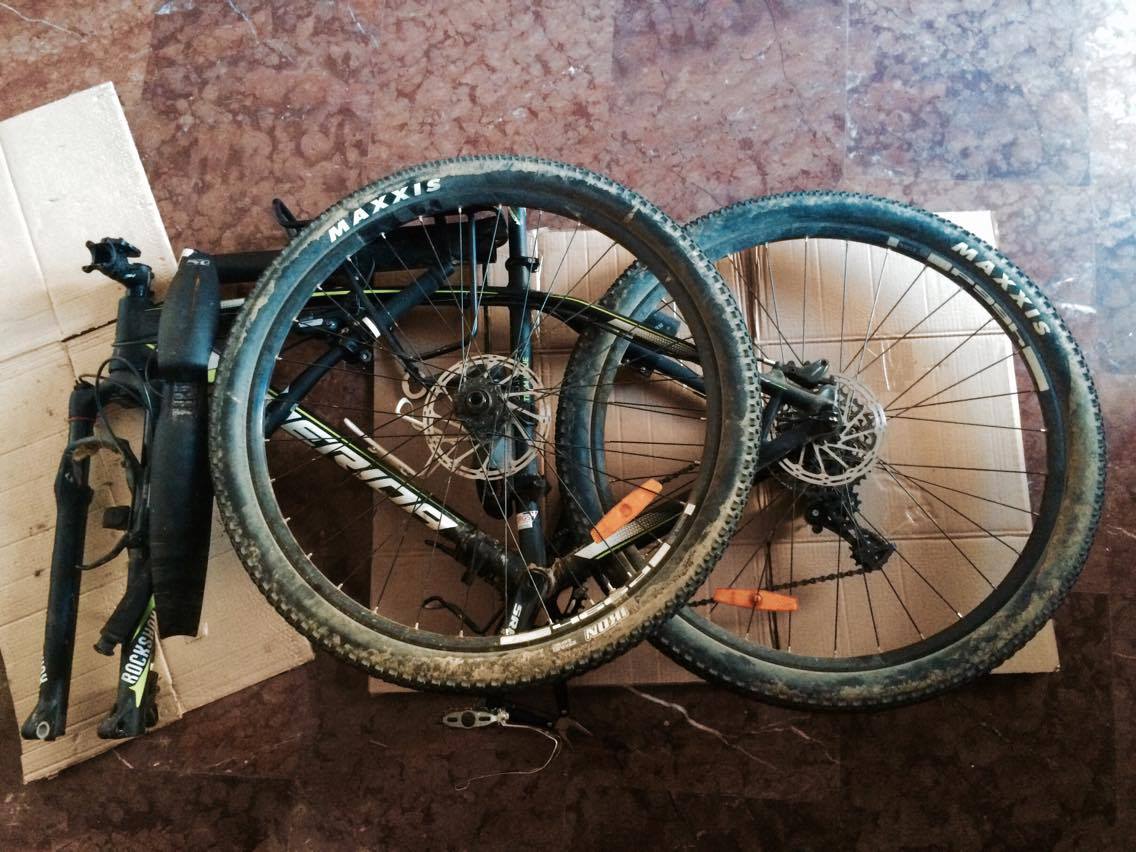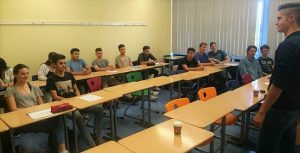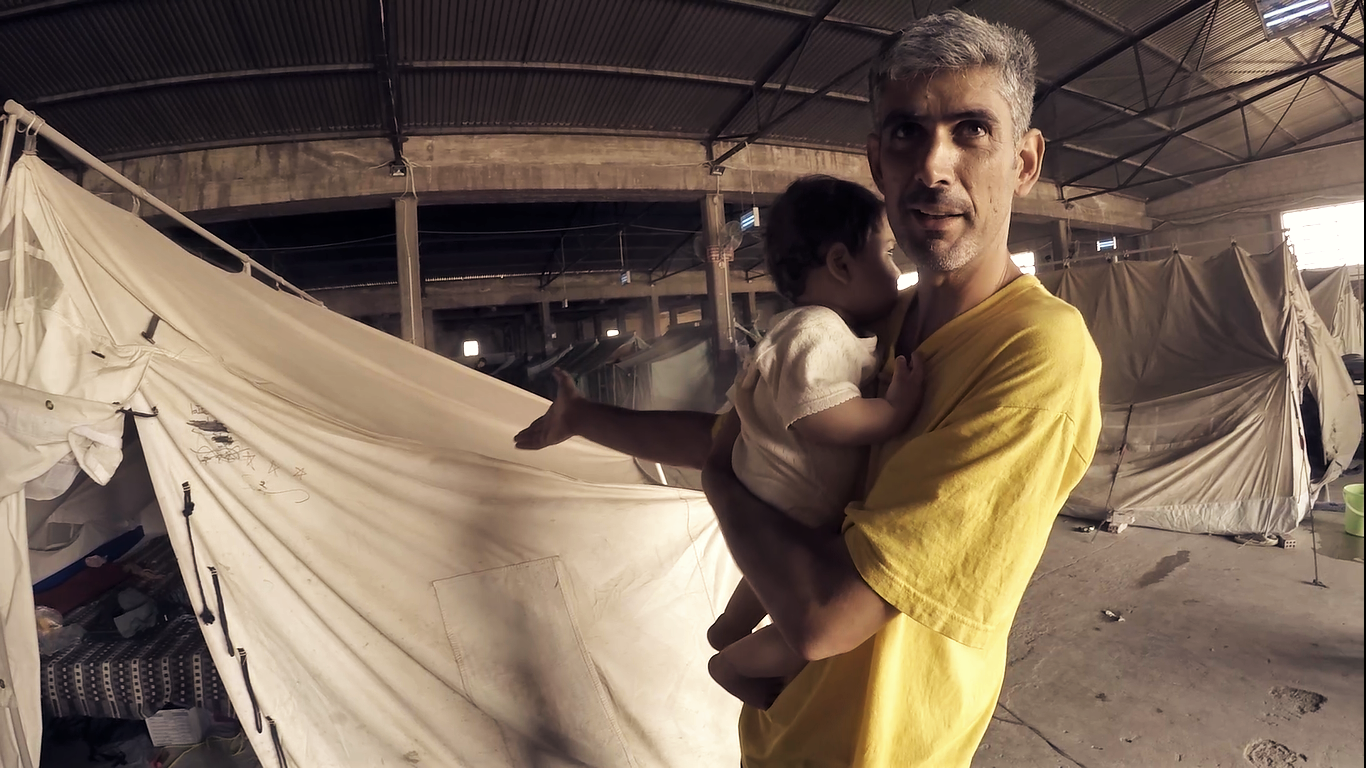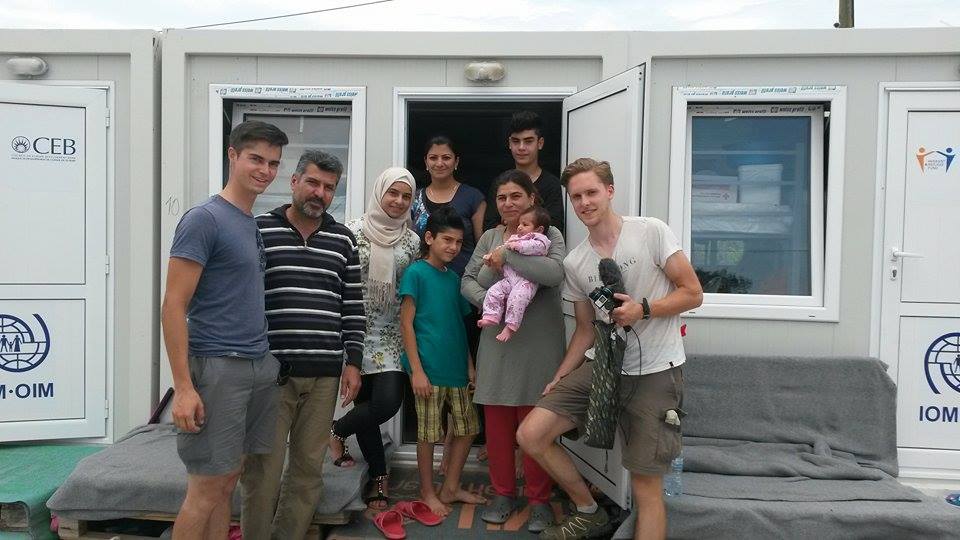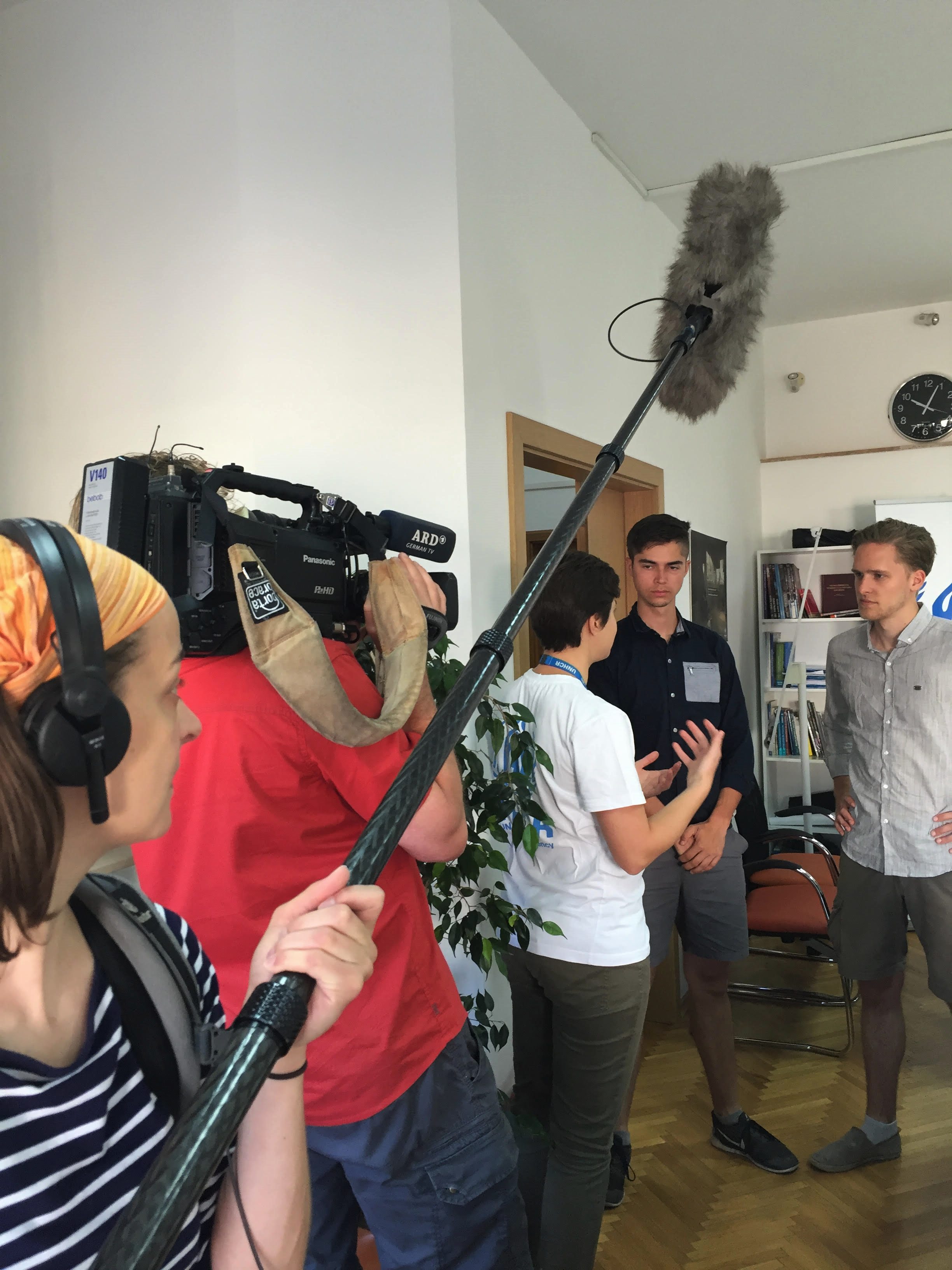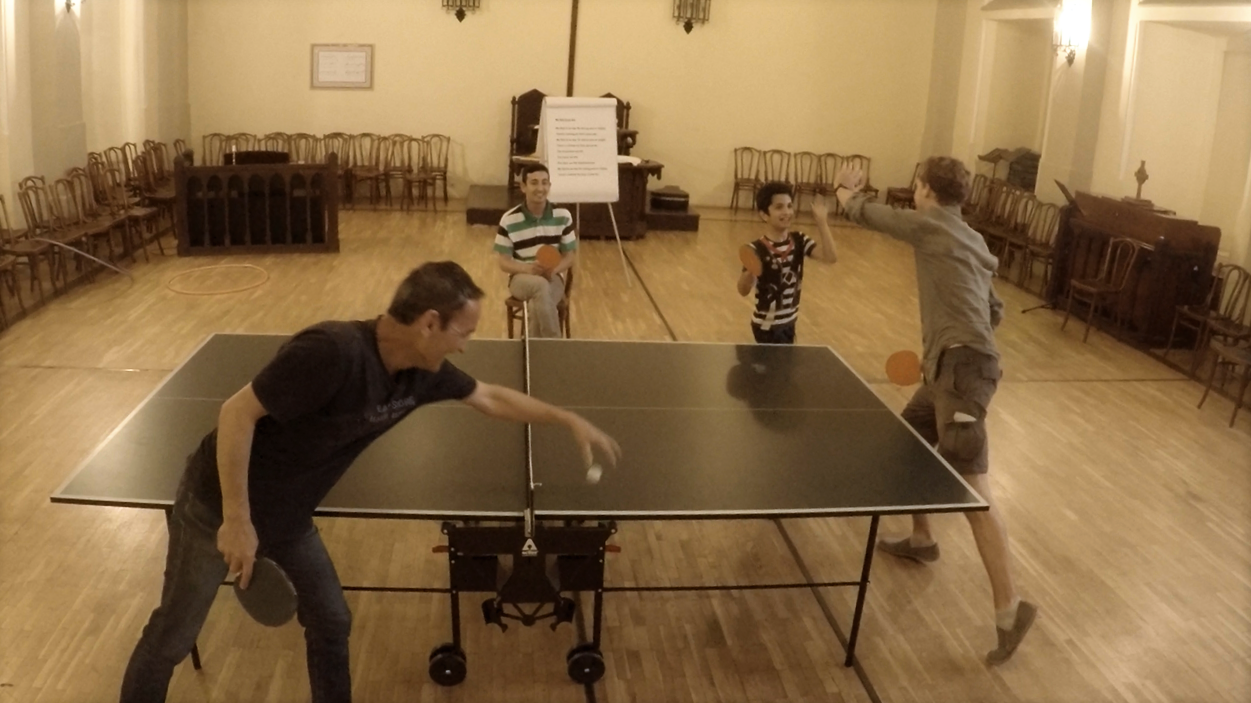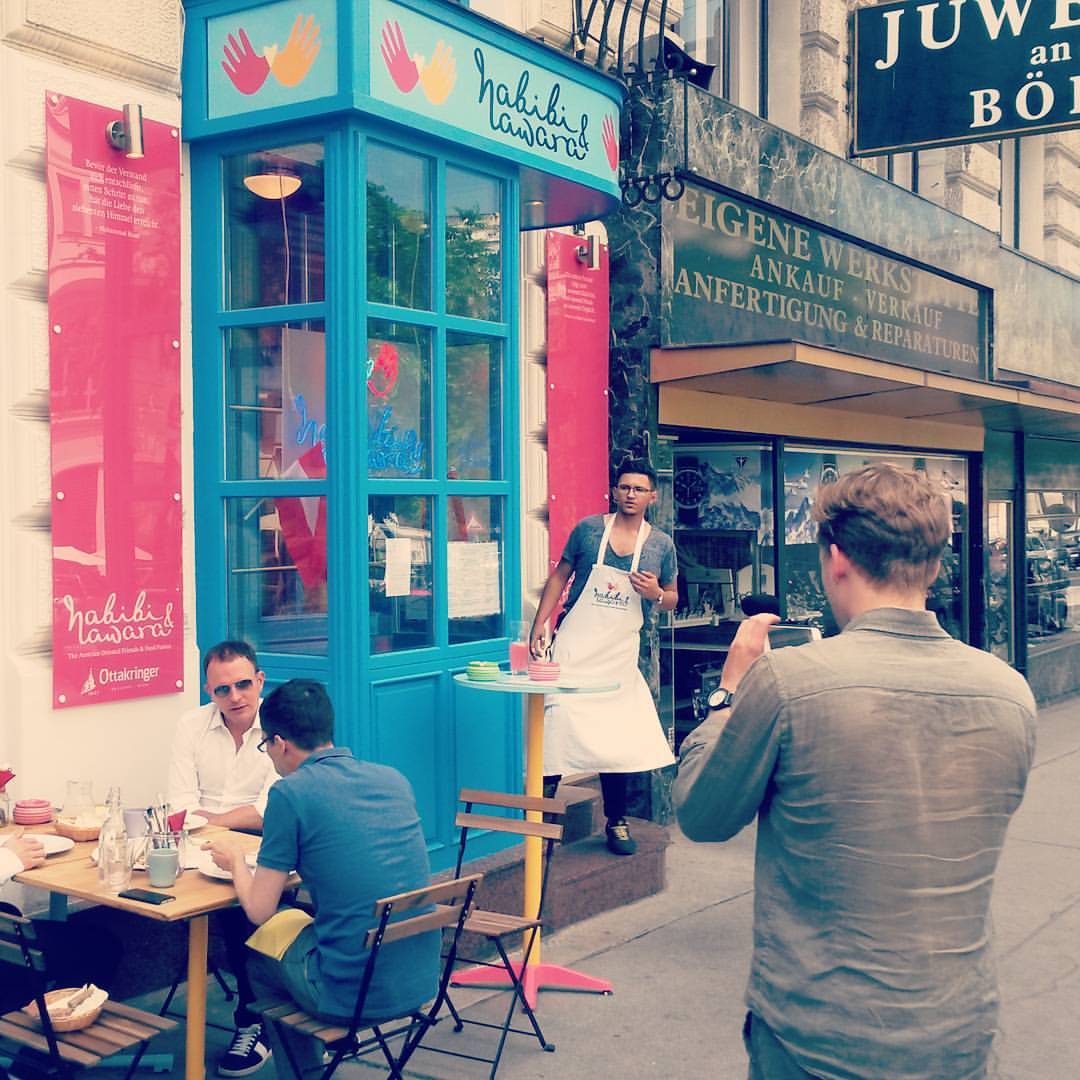[Day 61]
Long post ahead! See the subheadings for easy skimming over the text 🙂
It’s been a while since you have heard from us! The past few days we have explored how the influx of refugees has affected Europe’s front-line, namely Greece. Needless to say we learned a lot and will try to summarize for you at least some of the lessons we took away with us from our visits to camp sites, distribution points, hospitality centers and more.
—
1. Refugee Camp Nea Kavala
We mentioned in one of the posts before briefly that we went to Nea Kavala. So first of we want to give you a more extensive description of our experiences there. When we visited the camp it was about 38 degrees celsius outside. Providing shade amidst the heat is a serious ongoing problem in Nea Kavala. The tents are exposed to the sun and mostly have no fans or anything alike. The kids play outdoors without cover over their heads. We have also noticed that the tents give most inhabitants in the camp a feeling of not being able to make a home for themselves, which adds to their already existing mental hardships. Medical support is provided by the Red Cross. Food and water supply is controlled by the military who do not allow the inhabitants to cook for themselves. We did talk to a family who was complaining about the lack in diversity and quality of the nutrition for their children.
Unfortunately, a few days after our visit we heard that the security situation in the camp got out of hand. The situation for the Yazidis in Nea Kavala has been increasingly tense, which in turn resulted in their departure from the site on Wednesday, August 3. We have heard from our volunteer friend who works inside the camp that the Yazidi community of 407 people spent two hot days and a night under makeshift shelters on a field nearby and were finally moved on coaches on Thursday night to a new site nearby Serres, called Dimitra, which is an hour and a half’s drive away from Nea Kavala. Adding to the increasing security concerns in Nea Kavala are the events that took place last Tuesday, after a focus group ran by UNHCR discussing the next stage led to violent protest. Most NGOs came back on Thursday, however, according to a worker from the cultural center the place now feels very strange and deserted. Bottom line is that providing a sense of security for the majority of the people is an ongoing issue. In front of this background we just want to stress again the important work NGOs are providing inside refugee camps to mollify tensions, to integrate people back into daily activities and to provide mental support. Thank you especially to Eliza Winnert who showed us around the site and opened the doors of the cultural center in the camp, which was set up by We Are Here and the InterEuropean Human Aid Association.
—
2. Food Distribution in the parks of Thessaloniki
We also visited the Thessaloniki mosque where Brother Mohamed, the Imam there, together with other volunteers cooks hot meals on a daily basis which are then taken to the parks in Thessaloniki. In an interview the Imam told us about his passion to cook for homeless people, regardless of religion, ethnicity and nationality. That day we followed a group of wonderfully spirited Americans from Illuminate Nations distributing the meals while engaging the kids in the parks in sportive activities. Here, as so often during the last weeks, we experienced once more what it means to help others selflessly. All over the Balkan route we have met people like Brother Mohamed who came together in grass-root organisations and private initiatives to do the best they can with the means they have to ease the situation of refugees within their local communities.
—
3. Refugee Camp Softex in Thessaloniki
Timo’s experience:
When Idomeni was cleared of all refugees two months ago they were relocated to surrounding military camps. Florian and I decided to visit one of these camps in the Thessaloniki area, named Softex, which saw the number of arrivals increasing during this time as well. We went separately as I had the opportunity to join a doctor during his official trip there. The doctor never showed up to our meeting so I spontaneously joined the group of Americans again who had also planned on entering. The camp is centered around an old factory that is host to numerous tents, surrounded by more tents and a polluted creek from which some Afghans fished out a tractor tire when I crossed its wooden bridge. The unpleasant environment is further nurtured by the alarming security situation inside the camp. If Nea Kavala has already taken the podium in the contest for unsafe refugee camps in Greece, Softex certainly deserves a trophy. Just three days before our visit a girl died after an epileptic seizure with the ambulance arriving 90 minutes after they were called. Not to mention the stories I heard about numerous fights, robberies, and even stabbings.
Next to those conversations I also had the chance to talk to some people about their different backgrounds and origins in a mix of Arabic and English that I have come to call Arab-ish. I met with a family from Aleppo whose newborn will hopefully arrive in a safe place before being able to understand under which miserable conditions her mother gave life to her. I also met with a 16 year old boy who had been in Greece for half a year. He summed up his own version of life in Softex: “People not good. They come inside camp and take phones and money. They sell drugs. Police not good. And doctor very bad.” Indeed, an aid worker of the German Red Cross told me that the refugees’ lack of money was a worrying aspect since it made everyone grow dependent on living in camps such as Softex. This problem isn’t exactly solved by providing refugees with goods and allowing them to cook and sell food when the majority of revenues goes back to the military (spot the sarcasm).
While there are a number of other stories I would like to share with you, I will instead focus on that of Syrian father Mohammad. He was a scientist in Syria and left with his wife and baby to Europe. When asking where he wanted to go to he replied “wherever my wife and baby are safe, and where there is education”. With the one hand holding his baby and with the other knocking the dust out of hist makeshift tent he continued: “human rights, women’s rights, no any rights here”. As I kept on listening to Mohammad’s story about his baby’s asthma problems I was overcome with frustration. This father faces perilous obstacles in providing his family with the most basic needs. He arrived to Europe thinking he brought his family to a safe place, and is instead caught in a limbo state without any safety nets and no going back or forth. I started debating in my head whether it would be appropriate for me to tell him that things were going to be okay, different but okay. This debate promptly ended when I was reminded of the precarious safety situation inside the camp and a fight started to break out behind my back. I left the camp, Mohammad and his family stayed, and things are probably not going to be okay for a while.
To be continued…
